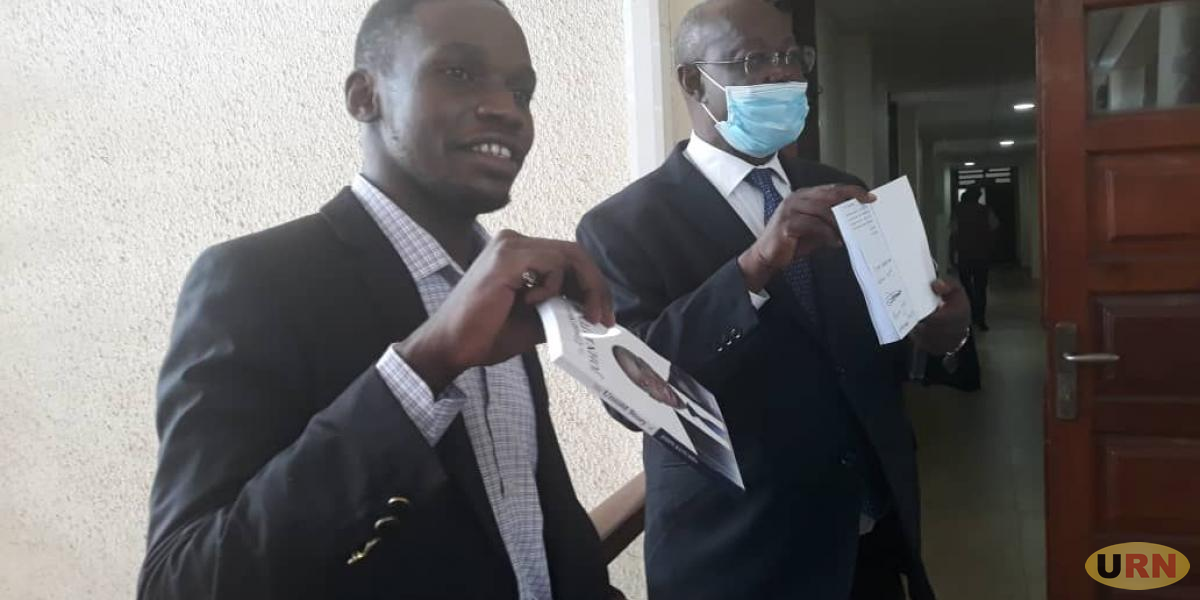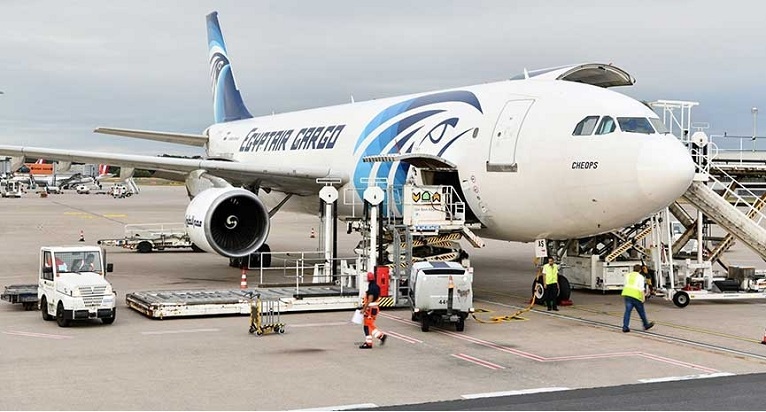There is a rift between a group of legislators and the Executive arm of Government over a pending motion that seeks to maintain the semi-autonomous status of the Rural Electrification Agency– REA rather than turning it into a Department in the Ministry of Energy and Mineral Development.
Established by an Act of Parliament in 2001 as a semi-autonomous body, REA is mandated to operationalize Government’s rural electrification responsibilities under the public-private partnership as defined in the Electricity Act of 1999.
However, in a move aimed at rationalizing functions of Government Ministries, Departments, and Agencies – MDAs that commenced in 2017 to eliminate duplication of roles and wastage of public funds, REA is being merged with its mother Ministry of Energy and Mineral Development.
Last week, Wilson Muruli Mukasa, the Minister of Public Service said the proposed merger will take effect in the Financial Year 2023/2024. However, the move has not gone well with a section of lawmakers who argue that some Government agencies, which include REA have performed well and should remain semi-autonomous.
Medard Sseggona Lubega, the Busiiro County East Member of Parliament while debating the Government’s request to borrow up to US$331.5 million approximately 1.242 trillion Shillings from the World Bank to support the electricity access scale-up project opposed the merger of REA with the Energy Ministry.
During a plenary session conducted on November 22, 2022, Speaker Anita Among, backed Sseggona’s submission, saying REA and the Uganda National Roads Authority – UNRA are among the entities that recorded success in their work and should not be merged to enable them to remain efficient.
On Thursday this week, plenary chaired by Deputy Speaker Thomas Tayebwa technically avoided a motion on the day’s order that was to be moved by Roland Bish Ndyomugyenyi, the Rukiga County lawmaker seeking a resolution of the House to urge the Government to reinstate REA.
An attempt by Yona Musinguzi, the Ntungamo Municipality Member of Parliament to raise a procedural matter and remind Tayebwa to allow Ndyomugyemi to move the motion hit a stalemate after the Deputy Speaker ruled him out, saying it was the Prime Minister’s time.
Speaking to URN in an exclusive interview on Friday, Dr. Ruth Nankabirwa, the Minister of Energy and Mineral Development expressed disappointment, saying Parliament is backtracking on its mandate and described the motion as ‘uncalled for’ and aimed at sabotaging the merger and rationalization program.
According to Muruli-Mukasa, the Government understands the fear of people who are afraid of losing jobs in the merger and rationalization scheme but reiterated that it is an expected necessary evil whenever a change takes place.
Government seeks to slash its agencies from the current 157 to 80 semi-autonomous entities, return them to mother ministries and merge 33 others into 19 entities. Among other entities to be merged include; the Uganda Electricity Transmission Company Limited – UETCL, Uganda Electricity Generation Company Limited – UEGCL, and Uganda Electricity Generation Company Limited- UEGCL.
The merger program will also affect other entities such as the National Identification and Registration Authority – NIRA which will be merged with the Ministry of Internal Affairs. Uganda Wildlife Authority – UWA will be combined with Uganda Wildlife Education Centre – UWEC, Uganda Human Rights Commission – UHRC, and the Equal Opportunities Commission under one entity.
Equally to be merged are; the National Youth Council, National Women Council, National Children Authority, National Disability Council, and National Council for Older Persons if the Government’s final merger plan remains unchanged. Further, the Cabinet has also resolved to merge the Uganda Investment Authority – UIA with Uganda Free Zones Authority and bring into one entity the National Planning Authority – NPA and the National Population Council, Town and Country Planning Board as well as the National Physical Planning Board, among others.
-URN





